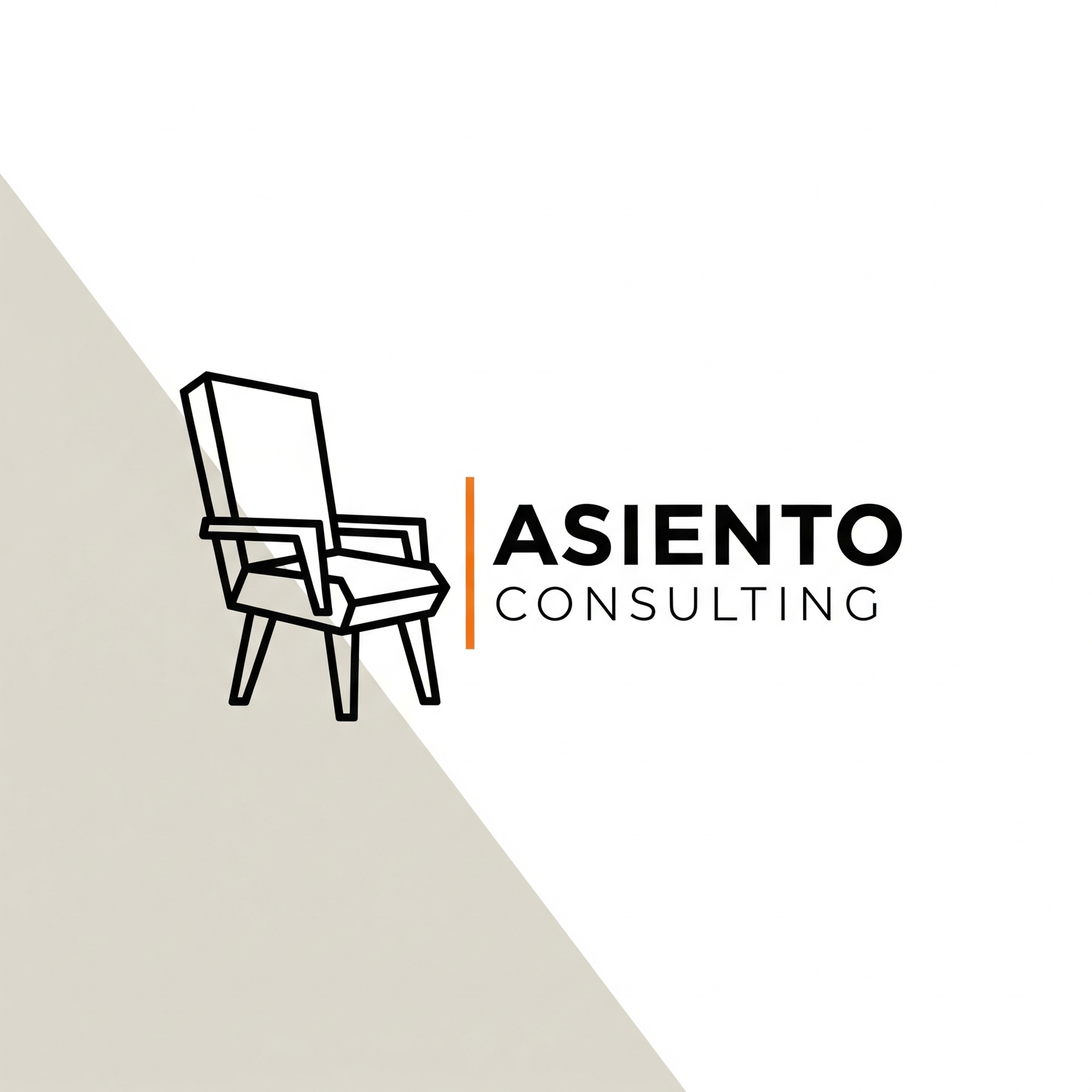Asiento Approach
-

FORGE RELATIONSHIPS: Building Trust as the Foundation for Change
Before we can effectively address organizational challenges, we must first establish authentic relationships with all stakeholders. This isn't simply about introductions—it's about creating genuine connections that enable honest dialogue and collaborative problem-solving.
What This Looks Like:
Cultural Context Learning: We invest time understanding the unique cultural, historical, and operational context of your organization
Stakeholder Mapping: Identifying and connecting with diverse voices across all levels of the organization
Trust Building: Creating safe spaces where people feel comfortable sharing authentic perspectives
Relationship Cultivation: Establishing ongoing connections that extend beyond formal meetings
Why It Matters:
Strong relationships are the cornerstone of sustainable change. When stakeholders trust the process and feel genuinely heard, they become partners in transformation rather than recipients of change.
-

UNEARTH STORIES: Discovering Truth Through Authentic Narratives
Every organization has layers of stories—the official narrative, the informal understanding, and the lived experiences of individuals at all levels. We dig deep to uncover these authentic stories, which reveal both challenges and opportunities that surface data might miss.
What This Looks Like:
Deep Listening Sessions: Structured interviews that go beyond surface-level feedback to understand root causes and systemic patterns
Cross-Cultural Storytelling: Adapting our approach to honor different communication styles and cultural norms
Pattern Recognition: Synthesizing individual stories to identify organizational themes and tensions
Narrative Analysis: Understanding how different stakeholders experience and interpret the same organizational dynamics
Why It Matters:
Stories reveal the human impact of organizational structures and processes. They uncover hidden strengths, illuminate systemic barriers, and point toward solutions that address real needs rather than perceived problems.
-

NEXT STEPS: Co-Creating Pathways Forward
Armed with strong relationships and deep understanding, we collaborate with stakeholders to develop practical, implementable solutions. This isn't about imposing external recommendations—it's about facilitating collective wisdom to create pathways that honor both organizational goals and human needs.
What This Looks Like:
Collaborative Solution Development: Bringing diverse stakeholders together to co-create recommendations
Implementation Planning: Developing detailed roadmaps with clear milestones and accountability structures
Change Management Strategy: Creating approaches that build on existing relationships and address anticipated challenges
Sustainability Framework: Ensuring solutions can be maintained and adapted over time by internal teams
Why It Matters:
Solutions developed collaboratively have built-in ownership and commitment. When people help create the change, they become invested in making it succeed.
THE POWER OF THE ASIENTO APPROACH
This three-step methodology ensures that:
Every Voice is Heard: Our relationship-building creates space for all perspectives, especially those that might otherwise be marginalized
Root Causes are Addressed: Story-gathering reveals systemic issues that might be missed by surface-level analysis
Solutions are Sustainable: Collaborative development creates ownership and commitment that outlasts the consultation period
Change is Human-Centered: Throughout the process, we prioritize the human impact of organizational decisions
WHAT MAKES OUR APPROACH DIFFERENT
Unlike traditional consulting models that rely primarily on data analysis and expert recommendations, the Asiento Approach recognizes that organizations are fundamentally human systems. Lasting change requires more than structural adjustments—it requires shifts in relationships, understanding, and collective commitment.
Our methodology is:
Culturally Responsive: Adapted to honor diverse contexts and communication styles
Equity-Focused: Intentionally amplifying voices that might otherwise be overlooked
Systems-Thinking: Recognizing the interconnections between relationships, structures, and outcomes
Implementation-Oriented: Focused on creating solutions that work in real-world contexts
